Well or well - criteria that you should pay attention to
Many homeowners in the private sector prefer to protect themselves from interruptions in water supply, having additionally built another water source. At the same time, it is often necessary to decide the question: a well or a well - each of the types has pros and cons, therefore we will consider the features of each of the sources.
If for residents of the city limits it is an alternative type of water supply, then for a dacha or a suburban site the arrangement of a water source comes to the fore, as it will be the main one. And you need to decide on which option to choose. To make the right decision, you need to know all the advantages and disadvantages of each type.
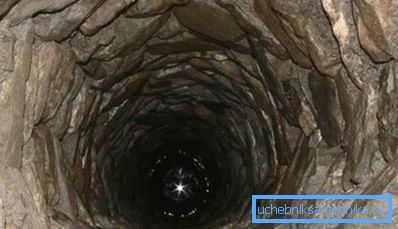
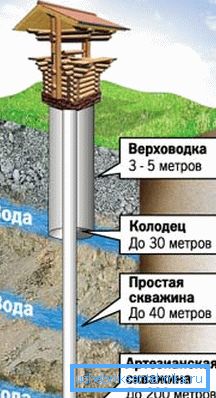
Well - all you need to know
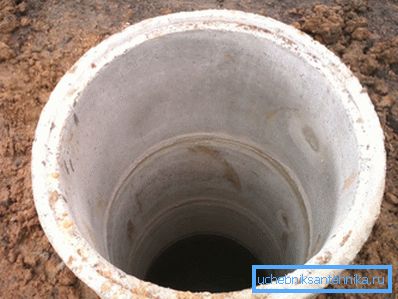
Those who do water intake with their own hands, most often opt for the wells. This is due to a number of advantages, which we will consider in more detail.
Efficiency
One of the biggest advantages of wells is the low cost of construction.
It includes the following costs:
- Well rings are the biggest cost item, as their cost is quite impressive. In addition, due to the large dimensions of each element and solid weight, transportation also requires costs - it is impossible to transport such a design by a car.
- It is necessary to stock up with crushed stone to fill the bottom and a solution for sealing seams. For this, it is better to use high-quality mixtures, otherwise wastewater and groundwater will flow into your source.
- Next, you should consider what the lifting mechanism will be. This may be a classic crane, and may be a system of a cylindrical type with a handle on the side.
- An electric pump for a well is much cheaper than borehole options, so do not worry about this factor. But, if the depth of the well exceeds 10 meters, it will be necessary to purchase more serious equipment.
- Do not forget about the device protection system source from precipitation. This may be just a cover, and maybe a visor, and even a house. The main thing - to design well cope with their functional responsibilities.

Ease of execution
If you think that it is better to dig at the site, and do not intend to spend money on hiring workers, and want to do all the work yourself, then the well will be an excellent option for several reasons:
- For its construction will not need the help of special equipment and the involvement of specialists. All necessary actions can be made independently.
- Of course, it is better to attract several assistants to remove the soil from the pit, and then put the well rings.
Tip! In order to have a reference point regarding the depth and not to acquire extra well rings, it is best to measure the water intake depth of the neighbors around, if there are any.
The ability to use the source under any conditions
In some regions in which periodically there are problems with electricity, most developers do not even have any questions about what to choose - a well or a well. The choice is always made in favor of the well, because it can be operated either with an electric pump or manually, while it is impossible to use a well without electricity.
Even in the absence of a lifting mechanism, you can take a bucket and a rope and get the required amount of water. This factor should not be ignored, since various scenarios are possible, and everything must be provided for.
Long term and easy operation
If your well is operated without disrupting the process, it is periodically cleaned and disinfected, then the lifetime may exceed 50 and even 100 years.
The use of water intake long term is also possible because, if necessary, you can easily carry out cleaning from foreign objects and accumulated sediment. This not only improves the quality of the water, but also increases the debit of the source.
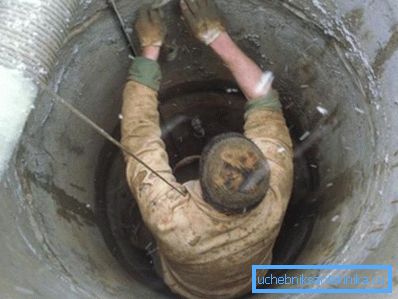
There are wells and their shortcomings, which are also worth considering.
Pollution potential
Perhaps the biggest drawback of wells is the fact that water is taken from underground horizons, so in case of floods, man-made disasters and other adverse factors, there is a high risk of pollution.
Sometimes even torrential rains can provoke a deterioration in water quality, therefore it is better to consult the competent organizations on this issue, where you will learn complete information on the quality characteristics of the water.
The need for continuous operation
To ensure high quality of water, it is necessary that water intake is constantly used, otherwise silting will begin within a few years, which is highly undesirable.
Therefore, even if there is no need for water, every day you need to get at least a few buckets of water from the well. This will positively affect the state of water intake.
Periodic maintenance and cleaning
If water quality is important to you, do not forget about the following activities:
- It is recommended to clean the walls of the well once a year, at the same time the quality of all connections is checked, and in the presence of leaks they must be eliminated.
- Once every few years the source is disinfected, such preventive measures will maximize safety and will allow you to achieve the best water quality available in your environment.
- If necessary, you should replace the bottom filter - a cushion of rubble, if it has signs of silting.

Low water intake
One of the main disadvantages of this type of facilities. Due to the intake of water from the upper layers, the maximum consumption may be from 150 to 250 liters, which may not be enough.
This is especially pronounced when watering the backyard is needed; water is sorely lacking throughout the summer season.
Well - key features
This type of sources has several advantages, which are due to the features of the device. It is worth remembering that there are two types of wells, smaller ones - on sand and deeper ones, penetrating into a layer of limestone, producing artesian water. Due to the peculiarities of the arrangement at the dacha, sources of the first type are most often made;.
To better understand the issue consider the advantages of wells and their distinctive features.

Large supply of water
The source can have just a huge capacity - 10, or even higher cubic meters per hour. At the same time, neither the water quality nor the level of water intake is affected. Therefore, anyone who asks what is the best well or well for a cottage can safely say that the first option is preferable due to the almost unlimited supply of water, which is enough for all needs.
It is worth noting that these characteristics are related to artesian springs, sand intakes have a smaller volume.
Source hygiene
Water intake is always protected by a cap, which prevents the penetration of dirt, wastewater and various microorganisms. This causes excellent water quality, regardless of atmospheric and seasonal phenomena.
Such water intake does not require periodic cleaning and disinfection, which distinguishes it from wells.
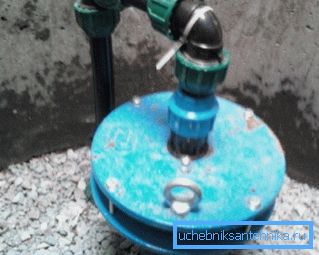
Simplicity and long life
The service life of artesian sources is more than 50 years, which is an important factor, because the price of work is quite high.
In addition, the process of use is extremely simple: you need to monitor the integrity of all protective structures and the normal operation of downhole devices. In case of failures, you should contact the experts, self-repair can do more harm than good.
Main disadvantages
This type of water intake has some disadvantages:
- First of all, it is the high cost of drilling a well and the complexity of the process. And if a hole in the sand can be made independently, there is an instruction on its device on our portal, then it’s impossible to make an artesian source without special equipment.
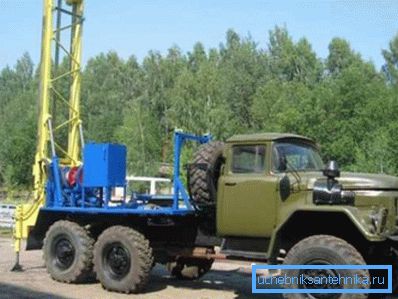
- Equipment will require a large amount of equipment and materials. At the same time you should not save - it is better to purchase products of proven manufacturers. After all, most often that which is cheaper, and the quality is much lower.
- Iron pipes can cause rust in water. But the well filtration system will easily cope with this problem.
Note! If your well depth does not exceed 50 meters, you can use plastic pipes - they are not subject to corrosion, they are very light and their cost is lower than metal ones.
Abyssinian well as a water supply option
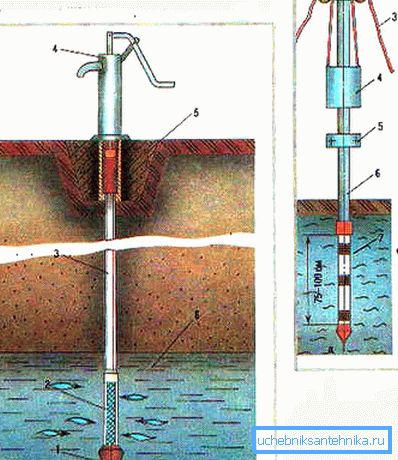
The principle of the device is quite simple:
- The tip is a kind of steel arrow with a mesh filter, it is either hammered into the ground with a sledgehammer, or a hole is made into the hole into which the system is inserted.
- The system is completely closed, which distinguishes it from the wells.
- Above is pumped either by a column or by a surface pump, which is much simpler.
- The advantages of this device include a long resource source - up to 30 years.
Conclusion
Based on the information provided, you must make a choice in favor of this or that option. It all depends on your water needs, the nature of the terrain and the depth of the groundwater. The video in this article will help to understand this issue in more detail.